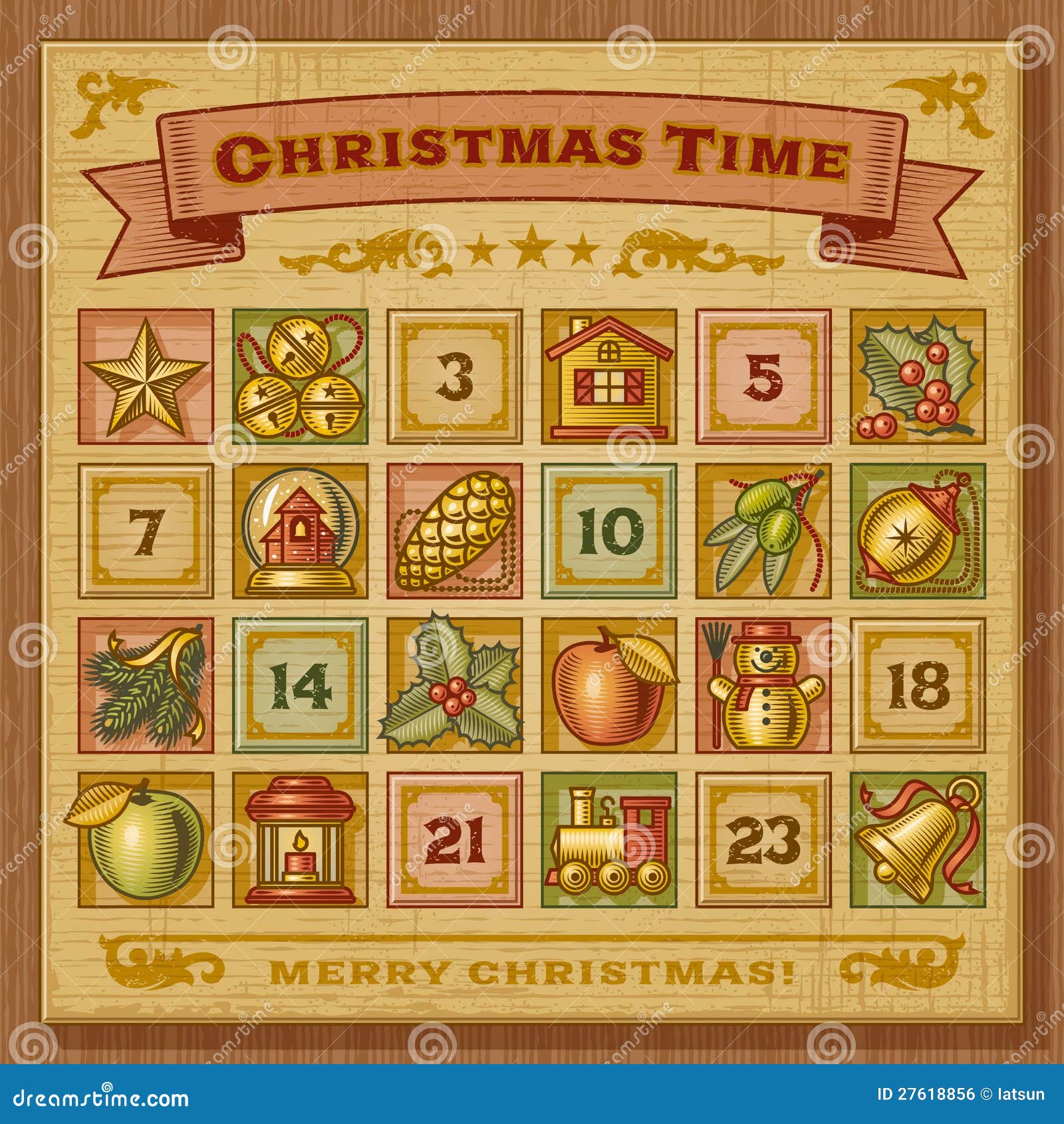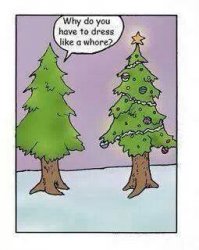Navigation
Install the app
How to install the app on iOS
Follow along with the video below to see how to install our site as a web app on your home screen.

Note: This feature currently requires accessing the site using the built-in Safari browser.
More options
You are using an out of date browser. It may not display this or other websites correctly.
You should upgrade or use an alternative browser.
You should upgrade or use an alternative browser.
All things Holiday!
- Thread starter syrenn
- Start date
Esmeralda
Diamond Member
[ame=http://www.youtube.com/watch?v=RXNt6sTXsI4]Let It Snow! Let It Snow! Let It Snow! - Ella Fitzgerald Jazz Collection - (High Quality ) - YouTube[/ame]
Esmeralda
Diamond Member
[ame=http://www.youtube.com/watch?v=5g4lY8Y3eoo]Judy Garland - Have Yourself A Merry Little Christmas - YouTube[/ame]
Esmeralda
Diamond Member
Behold - the hour is a ponnus!
>> This coming Saturday (Dec. 21) marks one of the four major way stations on the Earths annual journey around the sun.
Because of the tilt in the Earths axis of rotation, the sun appears to rise and fall in our sky over the course of a year. Its not the sun itself moving, but the Earth moving relative to the sun.
... Because the Earths axis points to Polaris no matter where Earth happens to be in its orbit, the sun appears to move over the year from 23.5 degreesnorth of the celestial equator on June 21 to 23.5 degrees south of the celestial equator on Dec. 21.
The sun crosses the equator travelling northward around March 21 and going southward on Sept. 21, in celestial events known as "equinoxes" (from the Latin for "equal night," as day and night are of roughly equivalent length on these dates.) The exact dates vary a little bit from year to year because of leap years.
On Dec. 21, the sun stops moving southward, pauses, and then starts moving northward. This pause is called the "solstice," from the Latin words "sol" for "sun" and "sisto" for "stop." Similarly, on June 21 the sun stops moving northward and starts moving southward.
These four dates have been extremely important to humanity since we first started to grow crops 10,000 years ago. Our ancestors have built amazing structures over the millennia to track these important landmarks. For example, Stonehenge in England was built as an astronomical observatory, its stones precisely oriented to detect the extremes of the suns movement.
Our calendar is based on the dates of the equinoxes and solstices, though errors over the years have caused the calendar to shift by 10 days from the celestial dates. Many cultures in the world use the winter solstice to mark the beginning of the year. The other three dates neatly divide the year into quarters, or seasons. <<

(space.com)
>> This coming Saturday (Dec. 21) marks one of the four major way stations on the Earths annual journey around the sun.
Because of the tilt in the Earths axis of rotation, the sun appears to rise and fall in our sky over the course of a year. Its not the sun itself moving, but the Earth moving relative to the sun.
... Because the Earths axis points to Polaris no matter where Earth happens to be in its orbit, the sun appears to move over the year from 23.5 degreesnorth of the celestial equator on June 21 to 23.5 degrees south of the celestial equator on Dec. 21.
The sun crosses the equator travelling northward around March 21 and going southward on Sept. 21, in celestial events known as "equinoxes" (from the Latin for "equal night," as day and night are of roughly equivalent length on these dates.) The exact dates vary a little bit from year to year because of leap years.
On Dec. 21, the sun stops moving southward, pauses, and then starts moving northward. This pause is called the "solstice," from the Latin words "sol" for "sun" and "sisto" for "stop." Similarly, on June 21 the sun stops moving northward and starts moving southward.
These four dates have been extremely important to humanity since we first started to grow crops 10,000 years ago. Our ancestors have built amazing structures over the millennia to track these important landmarks. For example, Stonehenge in England was built as an astronomical observatory, its stones precisely oriented to detect the extremes of the suns movement.
Our calendar is based on the dates of the equinoxes and solstices, though errors over the years have caused the calendar to shift by 10 days from the celestial dates. Many cultures in the world use the winter solstice to mark the beginning of the year. The other three dates neatly divide the year into quarters, or seasons. <<

(space.com)
Esmeralda
Diamond Member



Last edited:
Esmeralda
Diamond Member
Similar threads
- Replies
- 2
- Views
- 170
- Replies
- 1
- Views
- 77
- Replies
- 13
- Views
- 260
- Replies
- 23
- Views
- 271
Latest Discussions
- Replies
- 8
- Views
- 19
- Replies
- 362
- Views
- 1K
- Replies
- 115
- Views
- 604
Forum List
-
-
-
-
-
Political Satire 8068
-
-
-
-
-
-
-
-
-
-
-
-
-
-
-
-
-
-
-
ObamaCare 781
-
-
-
-
-
-
-
-
-
-
-
Member Usernotes 471
-
-
-
-
-
-
-
-
-
-














